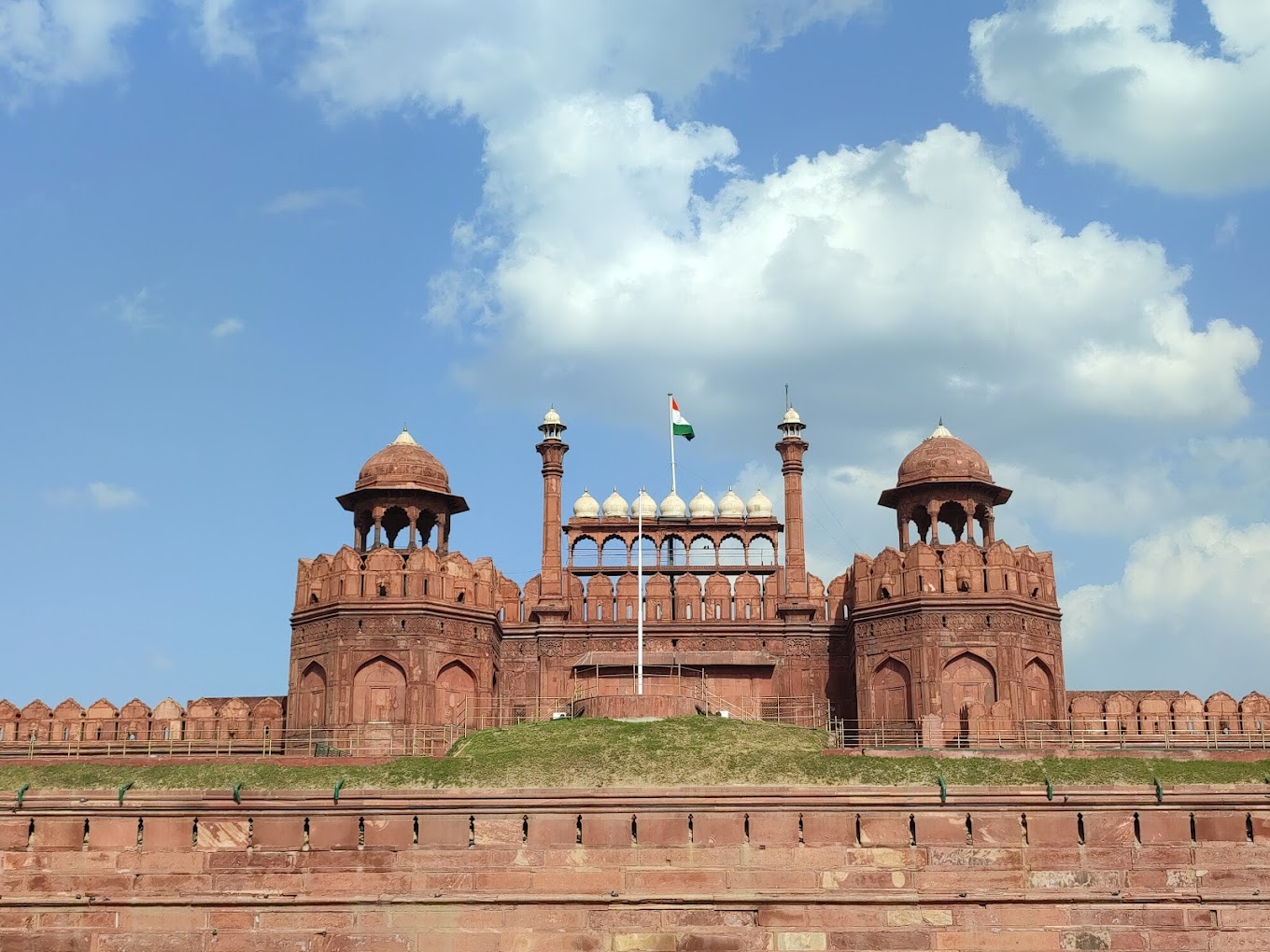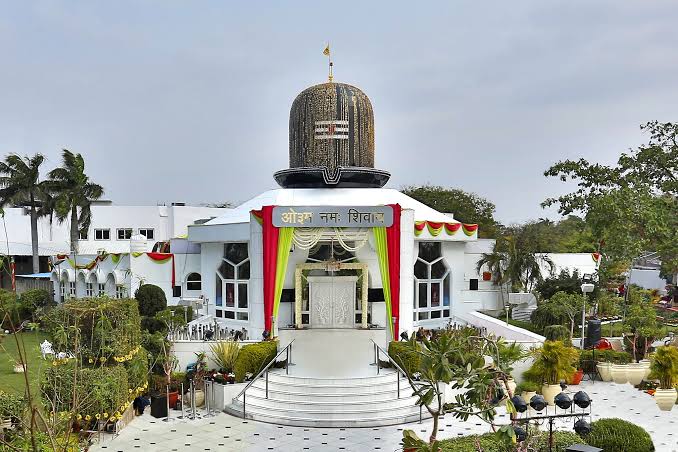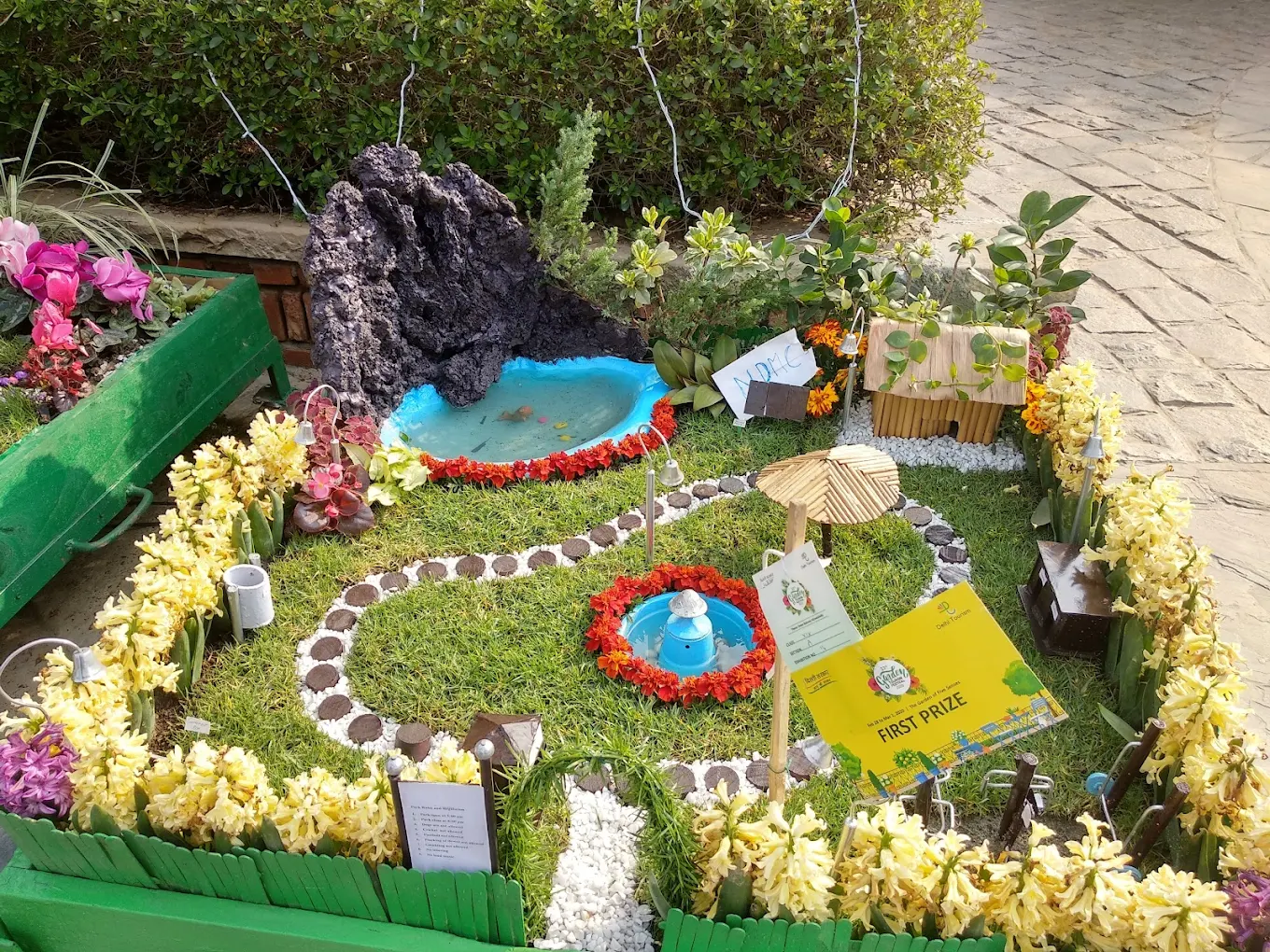
Tucked in the heart of Old Delhi, Chandni Chowk is more than just a market—it’s a sensory overload, a historian’s delight, and a food lover’s paradise, all wrapped into one compact, chaotic, and charming neighborhood. Established in the 17th century by Mughal emperor Shah Jahan and designed by his daughter Jahanara, Chandni Chowk literally means “Moonlight Square.” What was once a grand boulevard with a canal reflecting moonlight is now a bustling maze of narrow lanes brimming with shops, people, and stories.
Whether you’re a history buff, a foodie, a photographer, or a spiritual seeker, Chandni Chowk offers a rich tapestry of experiences. In this blog post, we’ll walk you through some of the top tourist attractions in Chandni Chowk that you absolutely shouldn’t miss.
1. Red Fort (Lal Qila)

Though technically at the edge of Chandni Chowk, no visit to the area is complete without starting at the majestic Red Fort. Built in 1639, this UNESCO World Heritage site is a striking example of Mughal architecture made of red sandstone. The fort once served as the main residence of the Mughal emperors and continues to be a symbol of India’s rich history and independence.
Highlights:
- Lahori Gate (main entrance)
- Diwan-i-Aam (Hall of Public Audience)
- Diwan-i-Khas (Hall of Private Audience)
- Museums inside the fort complex
The sound and light show in the evening is also worth watching, providing an audio-visual journey through the fort’s history.
2. Jama Masjid

Just a short walk from the Red Fort lies the Jama Masjid, one of the largest mosques in India. Built by Shah Jahan between 1650 and 1656, the mosque can hold up to 25,000 people in its courtyard. With its stunning red sandstone and white marble structure, the mosque is a peaceful counterpoint to the chaos outside.
Tips:
- Climb one of the minarets for a panoramic view of Old Delhi.
- Modest dress is required, and robes are available at the entrance.
- Entry is free, though a camera fee is applicable.
3. Gurudwara Sis Ganj Sahib
In the heart of Chandni Chowk stands the Gurudwara Sis Ganj Sahib, a significant Sikh shrine. Built on the site where the ninth Sikh Guru, Guru Tegh Bahadur, was martyred by the Mughals in 1675, the Gurudwara is not only a religious site but a symbol of spiritual resistance and sacrifice.
Don’t Miss:
- The trunk of the tree under which the Guru was beheaded.
- The well from which he took his last bath.
- The langar (community kitchen) that serves free meals to all visitors.
4. Shri Digambar Jain Lal Mandir
Opposite the Red Fort is Lal Mandir, the oldest Jain temple in Delhi, dating back to 1656. Painted in a striking red, the temple is dedicated to Parshvanath, the 23rd Tirthankara of Jainism. What’s fascinating here is the Bird Hospital run by the temple, a unique facility where injured and sick birds are treated and nurtured back to health.
Travel Tip:
It’s best to visit in the morning when rituals are performed and the temple atmosphere is most vibrant.
5. Fatehpuri Masjid
Located at the western end of Chandni Chowk, Fatehpuri Masjid was built by one of Shah Jahan’s wives, Fatehpuri Begum. It’s a lesser-visited site, making it an ideal spot for peaceful exploration and photography. The mosque’s design and red sandstone arches make it another classic example of Mughal architecture.
6. Town Hall (Ghantaghar)
Right in the middle of Chandni Chowk, Town Hall once served as the municipal headquarters during British rule. Though it’s no longer open to the public, the Victorian architecture and the famous clock tower (Ghantaghar) make it a landmark. The area around the Town Hall is always buzzing with life, vendors, rickshaws, and photographers capturing the essence of Old Delhi.
7. Shopping Havens: Kinari Bazaar, Dariba Kalan, and Nai Sadak
If retail therapy is on your mind, Chandni Chowk is a paradise for traditional and festive shopping.
Kinari Bazaar
Famous for:
- Wedding accessories
- Embroidered laces and trimmings
- Glittering sequins and beads
Dariba Kalan
This historic street is the go-to place for silver and gold jewelry, some designs dating back generations.
Nai Sadak
A favorite for book lovers, this street is lined with bookstores selling everything from school textbooks to rare Urdu poetry collections.
Each market has its unique charm, and you could spend hours just wandering, window-shopping, or bargaining for treasures.
8. Street Food Delights
No blog about Chandni Chowk is complete without mentioning its iconic street food. This is truly a foodie’s paradise. Here are a few legendary spots you shouldn’t miss:
Paranthe Wali Gali
A narrow lane famous for:
- Stuffed parathas (potato, paneer, banana, cauliflower, and even khurchan!)
- Served with pickles, chutneys, and spicy sabzi
Karim’s
An institution since 1913, Karim’s is synonymous with Mughlai cuisine. Their mutton burra, kebabs, and nihari are iconic.
Jalebi Wala
Located near Dariba Kalan, this shop serves some of the thickest and juiciest jalebis you’ll ever taste, fried in desi ghee.
Natraj Dahi Bhalla
Soft lentil dumplings soaked in creamy yogurt and topped with tangy tamarind chutney – a perfect blend of taste and tradition.
9. Chunnamal Haveli
Hidden among the chaos is the splendid Chunnamal Haveli, one of the best-preserved havelis (mansions) in Delhi. Built in the 19th century, this grand structure gives you a glimpse into the opulence of Old Delhi’s merchant class. Though not entirely open to the public, you can still admire its exteriors and, if lucky, request a guided tour inside.
10. Cycle Rickshaw Tours and Heritage Walks
One of the best ways to explore the intricate lanes of Chandni Chowk is via cycle rickshaw. These tours often cover major historical sites, hidden temples, old havelis, and local eateries, guided by locals who add storytelling and personal insights.
Alternatively, you can join Delhi Heritage Walks conducted by various organizations that dive deeper into the culture, architecture, and history of the area.
11. Mirza Ghalib’s Haveli
Literature lovers must visit the haveli of Mirza Ghalib, the iconic 19th-century Urdu poet. The small museum at Gali Qasim Jaan, Ballimaran, showcases Ghalib’s works, some original manuscripts, and replicas of the items he used. It’s a quiet, nostalgic place celebrating Delhi’s poetic soul.
12. Temples and Shrines Hidden in Lanes
Chandni Chowk is a microcosm of India’s religious diversity. In addition to the prominent landmarks, you’ll find:
- Hanuman Temple at Gali Paranthe Wali
- Shree Shiv Navgrah Mandir
- Sunehri Masjid
- Churches tucked between shops
The spiritual vibe here is palpable, and each shrine, regardless of size, is actively worshipped and maintained by locals.
Final Thoughts
A visit to Chandni Chowk is not just about seeing a place—it’s about feeling it. It’s where Delhi’s heartbeat is loudest, where history, culture, and commerce converge. The crowded alleys, the honking rickshaws, the calls of hawkers, and the aroma of street food all come together to create a chaotic symphony that somehow works in perfect harmony.
Despite its narrow lanes and old-world chaos, Chandni Chowk is a place that grows on you. Every turn reveals a new surprise, every interaction has a story, and every moment is an Instagram-worthy memory waiting to happen.
Whether you’re a first-time visitor or a seasoned Delhi traveler, Chandni Chowk offers an unforgettable glimpse into the soul of India’s capital. So lace up your walking shoes, keep your camera ready, and come explore one of the most vibrant heritage zones in the country.
Have you been to Chandni Chowk? What’s your favorite memory or hidden gem from this iconic part of Delhi? Drop a comment below and let’s talk travel!



